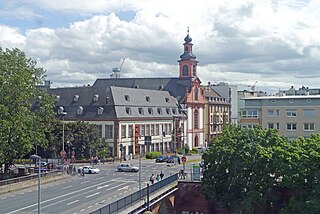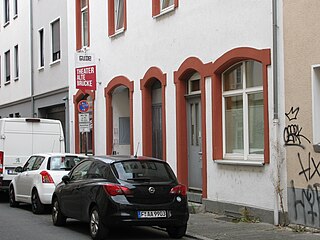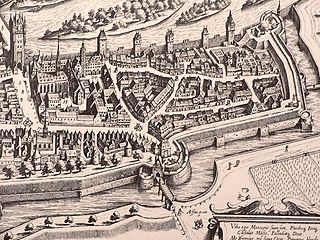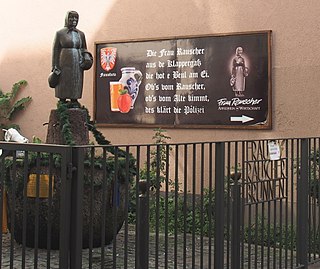Self-guided Sightseeing Tour #5 in Frankfurt, Germany
Legend
Guided Free Walking Tours
Book free guided walking tours in Frankfurt.
Guided Sightseeing Tours
Book guided sightseeing tours and activities in Frankfurt.
Tour Facts
2 km
36 m
Experience Frankfurt in Germany in a whole new way with our free self-guided sightseeing tour. This site not only offers you practical information and insider tips, but also a rich variety of activities and sights you shouldn't miss. Whether you love art and culture, want to explore historical sites or simply want to experience the vibrant atmosphere of a lively city - you'll find everything you need for your personal adventure here.
Activities in FrankfurtIndividual Sights in FrankfurtSight 1: Ikonen-Museum
The Icon Museum is a museum for sacred art of Orthodox Christianity in Frankfurt am Main. It is located in the baroque building of the Teutonic Order House and forms the eastern end of the Museum Embankment. It is affiliated with the Museum of Applied Arts, and is run by the city of Frankfurt am Main.
Sight 2: Deutschordenskirche
The Deutschordenskirche in Frankfurt am Main is a Roman-Catholic church in the district of Sachsenhausen. Unlike most historical churches in Frankfurt's city-center which are owned by the city of Frankfurt, Deutschorden is property of the Teutonic Order which maintains it as part of its convent at Frankfurt. Next to the Deutschordenskirche is the Deutschordenshaus, an attached former convent-building.
Wikipedia: Deutschordenskirche (Frankfurt am Main) (EN), Website
Sight 3: Theater Alte Brücke
The Theater Alte Brücke calls itself the smallest off-Broadway theater in the world. It is based in Alt-Sachsenhausen in Frankfurt am Main.
Sight 4: Affentorhäuser
The Monkey Gate was the southernmost of the medieval city gates of Frankfurt am Main in Sachsenhausen.
Sight 5: Quirinsbrunnen
This is an (incomplete) list of fountains in Frankfurt am Main. The city of Frankfurt counts 145 fountains in municipal maintenance. In addition, former wells are depicted, as far as they are described in the literature. Many of the fountains are listed buildings.
Wikipedia: Liste von Brunnen in Frankfurt am Main (DE), Website
Sight 6: Fraa Rauscher
Fraa Rauscher is a presumably fictional German city original from Frankfurt am Main.
Sight 7: Hindemith Kabinett im Kuhhirtenturm
The Hindemith Institute Frankfurt, founded in 1974 in Frankfurt am Main, is a musicological research institute and center of Hindemith research. The Hindemith Institute Frankfurt is an institution of the Hindemith Foundation based in Blonay (Switzerland).
Sight 8: Kuhhirtenturm (Elefant)
The Kuhhirtenturm is a defensive tower in the late Gothic style in the city of Frankfurt am Main. It was built in the late 14th century in the Frankfurt district of Sachsenhausen as part of Frankfurt's city fortifications and served until the 17th century as a gatehouse and to protect the bank fortifications of the River Main.
Share
How likely are you to recommend us?
Disclaimer Please be aware of your surroundings and do not enter private property. We are not liable for any damages that occur during the tours.
GPX-Download For navigation apps and GPS devices you can download the tour as a GPX file.




.jpg)